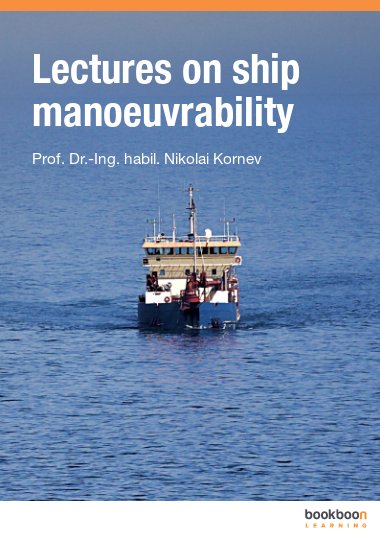This book is written on the base of a lecture course taught by the author at the Faculty of Mechanical Engineering and Marine Technology at the Rostock University in Germany. The course contains fourteen lectures which include main principles of ship manoeuvrability. Experimental, theoretical and numerical methods used in the ship theory are presented in a clear and simple form. Each chapter is supplied with exercises which can be solved either analytically or using software provided by the author. An optional chapter is devoted to wing in ground effect dynamics. The only prerequisite for the course is the knowledge of general fluid dynamics.

